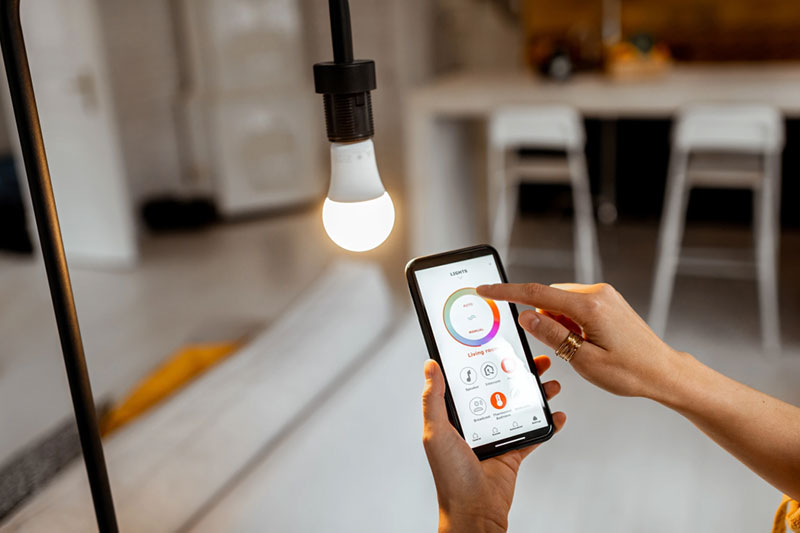
In a rapidly digitizing world, the way we illuminate our spaces is undergoing a transformative shift. The convergence of Artificial Intelligence (AI) and the Internet of Things (IoT) is setting a new benchmark for lighting solutions. These technologies are not just making lighting smarter but also more sustainable and user-centric.
Artificial Intelligence has unlocked new possibilities in adaptive lighting. Systems powered by AI can learn from user preferences, adjusting brightness and color temperatures to match specific moods or activities. For instance, AI-driven lights can automatically dim during relaxation hours or brighten during work sessions. This not only enhances user experience but also optimizes energy consumption.
The IoT is revolutionizing the connectivity of lighting systems. Smart lighting can now seamlessly integrate with home automation ecosystems, allowing users to control lights via smartphones or voice assistants. IoT-enabled lighting systems can also respond to environmental cues, such as turning off automatically when a room is vacant or adjusting brightness based on natural light levels.
The global smart lighting market is expected to reach new heights, driven by increased demand for energy efficiency and convenience. Residential and commercial spaces are adopting these technologies at an unprecedented rate. Industries like hospitality and retail are using smart lighting to enhance customer experiences and reduce operational costs.
Cities like Amsterdam and Los Angeles have adopted smart street lighting systems that use AI and IoT to monitor traffic and optimize energy use. Similarly, global tech companies are implementing adaptive lighting in their office spaces to improve employee well-being and productivity.
As technology evolves, the future of lighting promises a blend of efficiency, sustainability, and personalization. AI and IoT are at the heart of this transformation, paving the way for a brighter and smarter tomorrow.